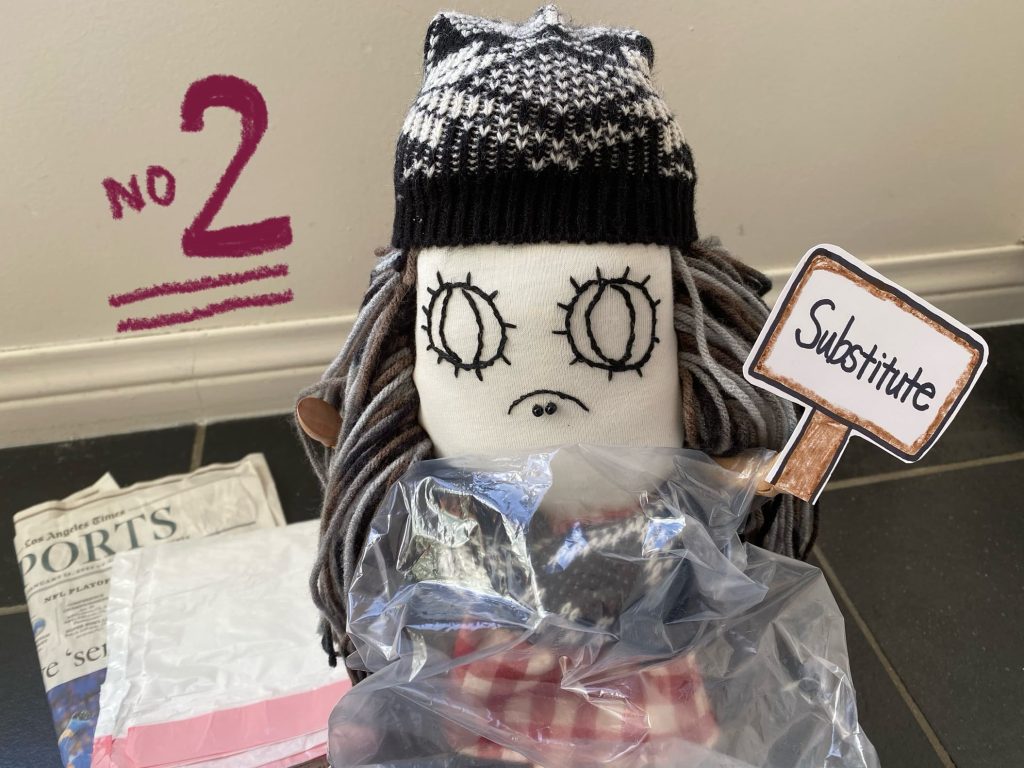
Do I really need to buy warm emergency clothes?
“Winter clothes are expensive!”
“My area never has snow.
I don’t need to prepare anything.”
“I don’t want to spend a lot of money for warm clothes that I might never wear.”
Please remember, there are alternatives to buying new, emergency cold-weather clothes. You don’t have to buy a bunch of expensive, new clothes, if you don’t want to. If you live in an area with a warm climate, you may not even be able to buy warm clothes at the store. In my area, serious cold-weather gear is very expensive, and I keep my distance from the winter clothes section on the sales floor. If cold weather items turnover quickly, the shops might be able to sell them for less, but that never happens in my area.
Recently, we have had very strange weather, and sometimes unexpected disasters happen. We don’t know who will be next. When it’s our turn, it won’t be somebody else’s problem anymore. Suddenly, we might be without sunlight… and then we will be very cold. We just don’t know!
Each area has different climate conditions. Gather some basic knowledge of cold-weather clothes (see my previous post #59), and try to coordinate emergency gear from the clothes you already have. I will show you how to make substitute raincoats and temporary cold-weather gear using plastic bags and old newspapers. Hopefully, this how-to will relieve some of the pressure to spend a lot of money on new emergency cold-weather gear.
Upper-body clothes
1. Base layer
▪︎ Innerwear: long-sleeve shirt or tank top (built-in bra).
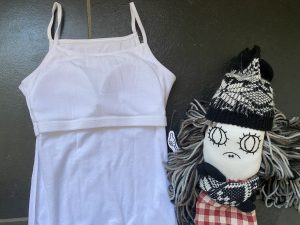
■ Long-sleeve: long-sleeve shirt or t-shirt.
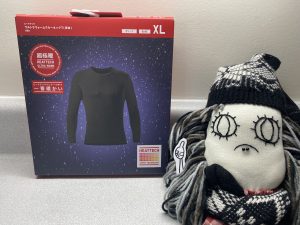
2. Middle layer
▪︎ Mountain jackets or Fleece under a shell.
3. Outer layer
▪︎ Waterproof/breathable jackets
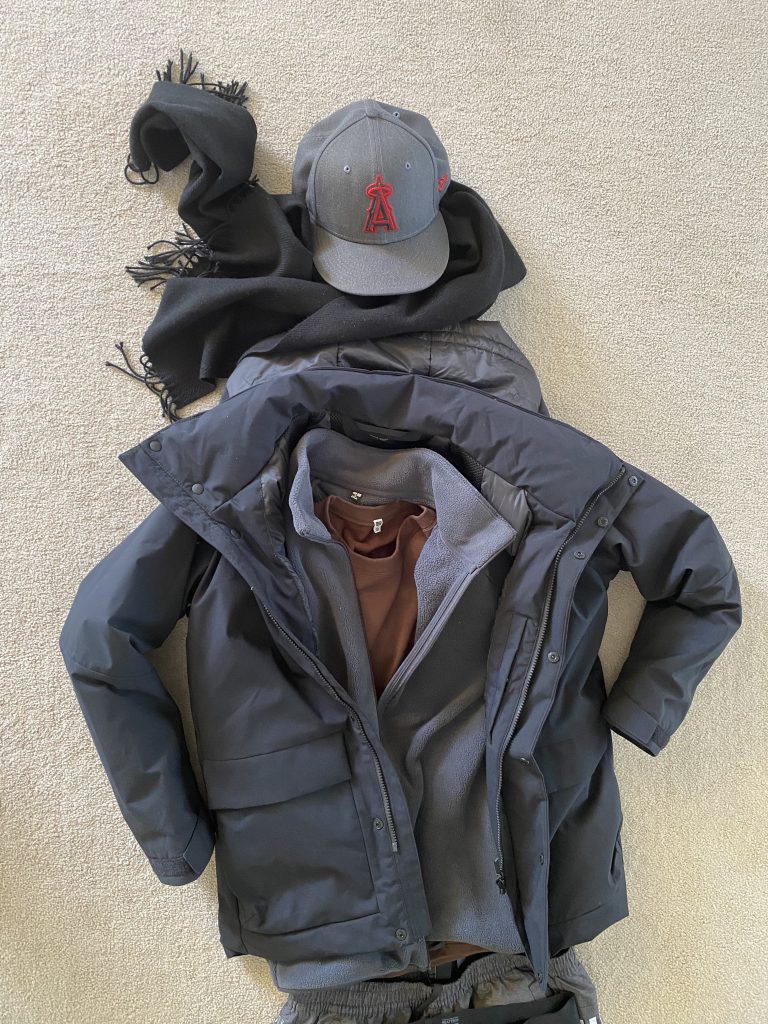
4. Head and Neck
▪︎ Hats: wool and synthetic beanies or watch hats, baseball caps, fishing hats, etc. It’s best if the headwear covers your ears. Your shell jacket’s hood (while not technically a hat) can provide rain coverage.
▪︎ Face covering: masks, bandanas, earlobe face masks or balaclava.
▪︎ Scarves or neck gaiters.
▪︎ Temporary-use towel (e.g., scarf) with a hat on top.
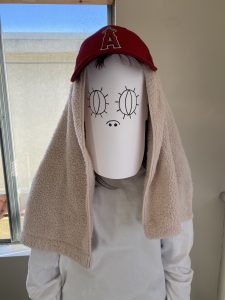
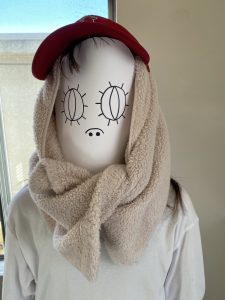
5. Hands
▪︎ Gloves or mittens: they keep your hands warm and help prevent dry skin. Fleece gloves and insulated gloves with waterproof/breathable shells are good. Mittens allow your fingers to share warmth. Gloves with touch-screen fingertips don’t have to be taken off every time your phone buzzes.
Cotton absorbs moisture, and it stays wet longer. Be careful!
Lower-body clothes
1. Base layer
▪︎ Underwear!
▪︎ Thin layer of thermal leggings or long underwear.
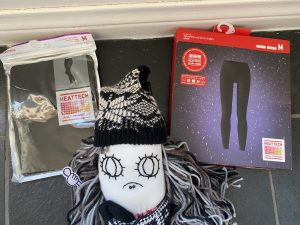
2. Middle layer
▪︎ Fleece-lined pants: warmth without excessive bulk.
▪︎ Insulated pants: for extremely cold conditions.
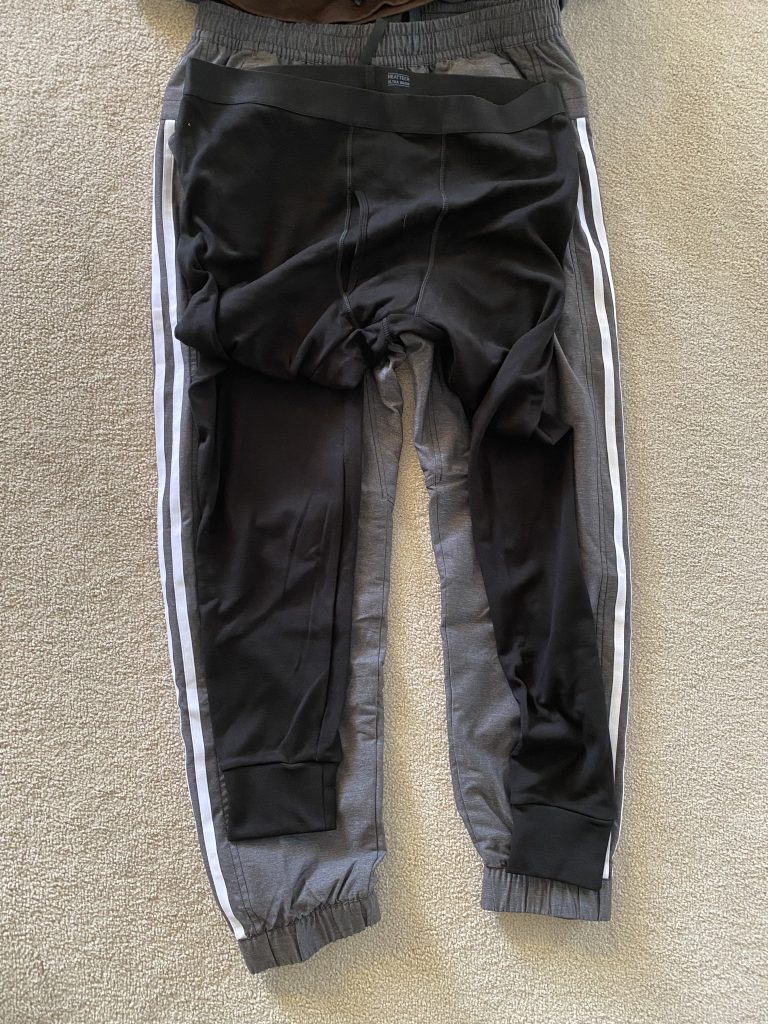
3. Outer layer
▪︎ Shell pants: Waterproof/breathable.
4. Feet
▪︎ Socks: don’t restrict your feet. Choose socks that aren’t too tight, even if they are stretchy. Woolen socks are good.
▪︎ Boots: waterproof boots or shoes are good.
Make a substitute rain coat and temporary cold-weather gear from plastic bags and newspapers!!
Plastic bags
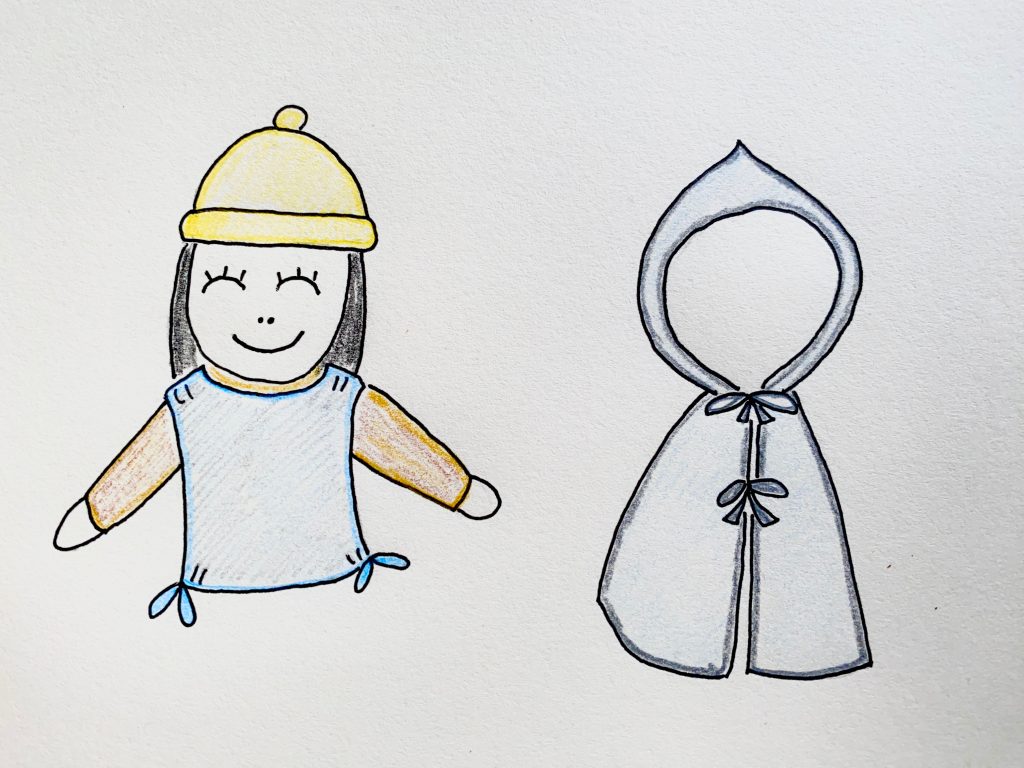
✭Vest ✭
Your vest will be the size of your plastic bag. If you are tall, you should get a bigger bag.
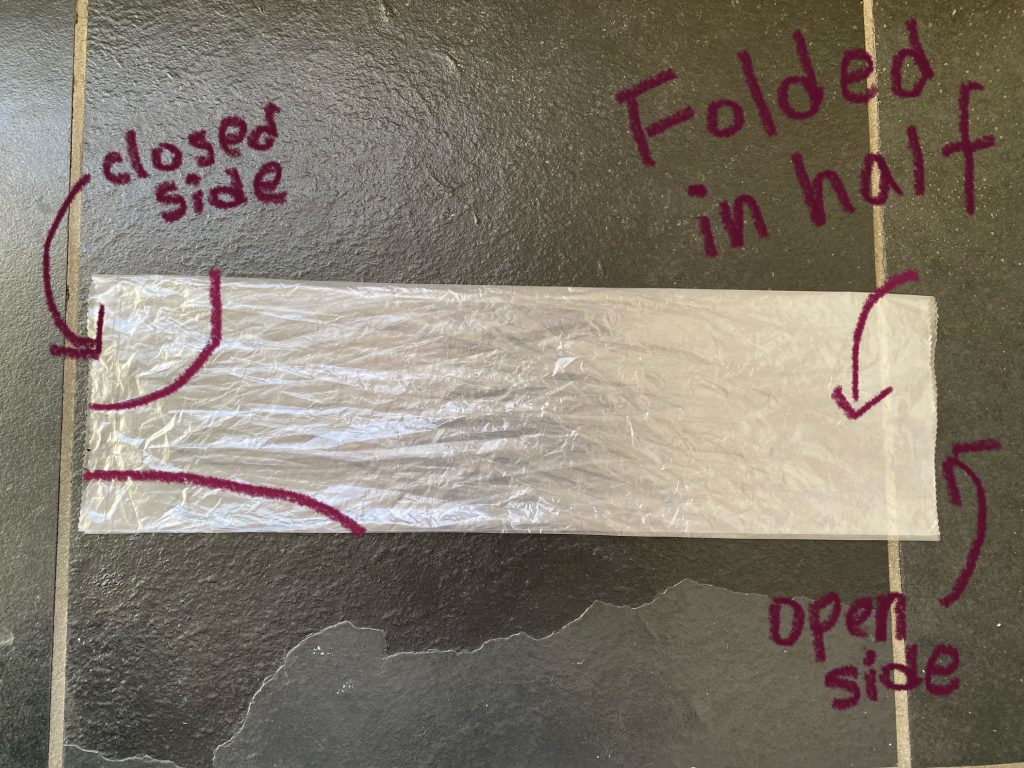
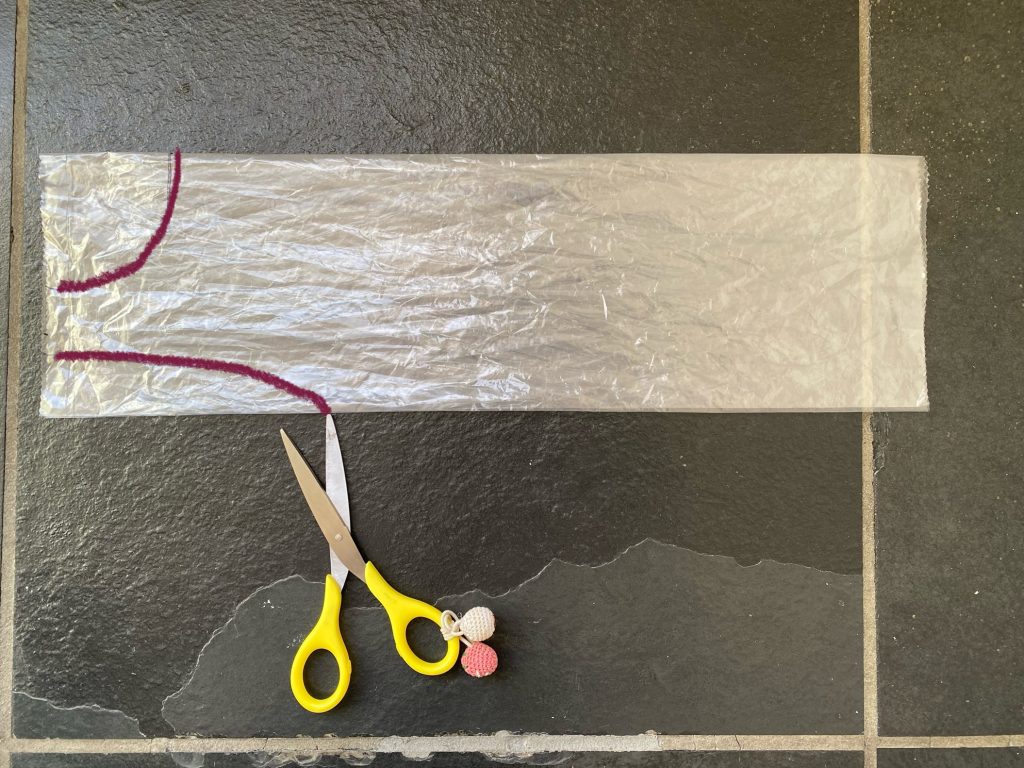
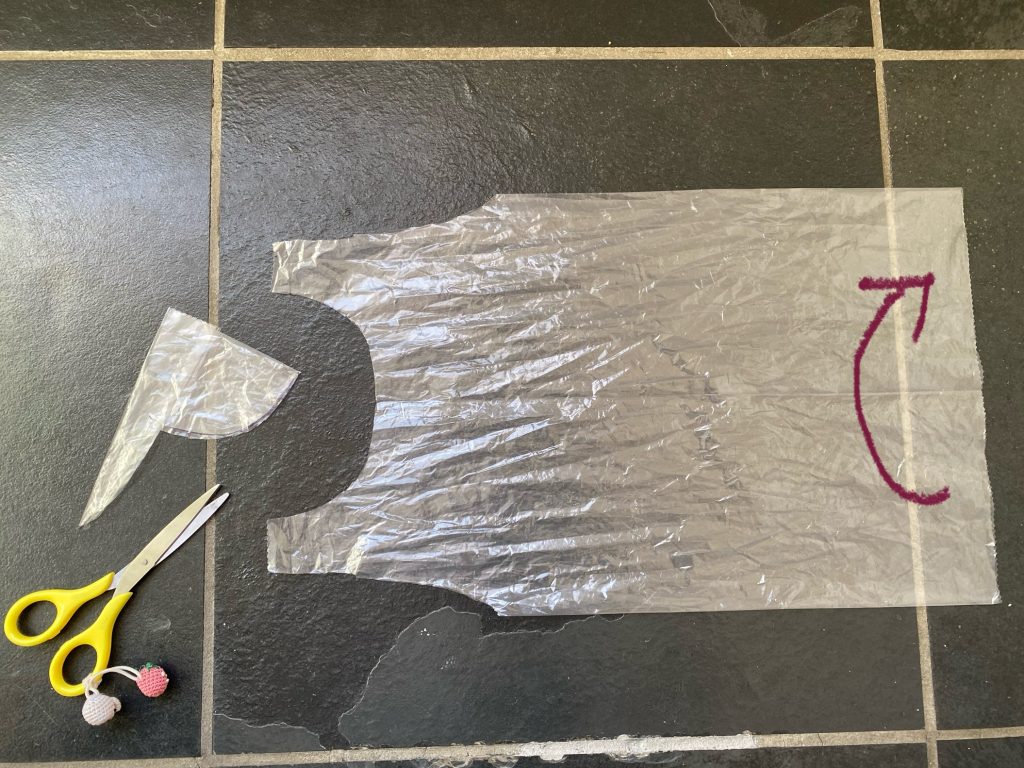
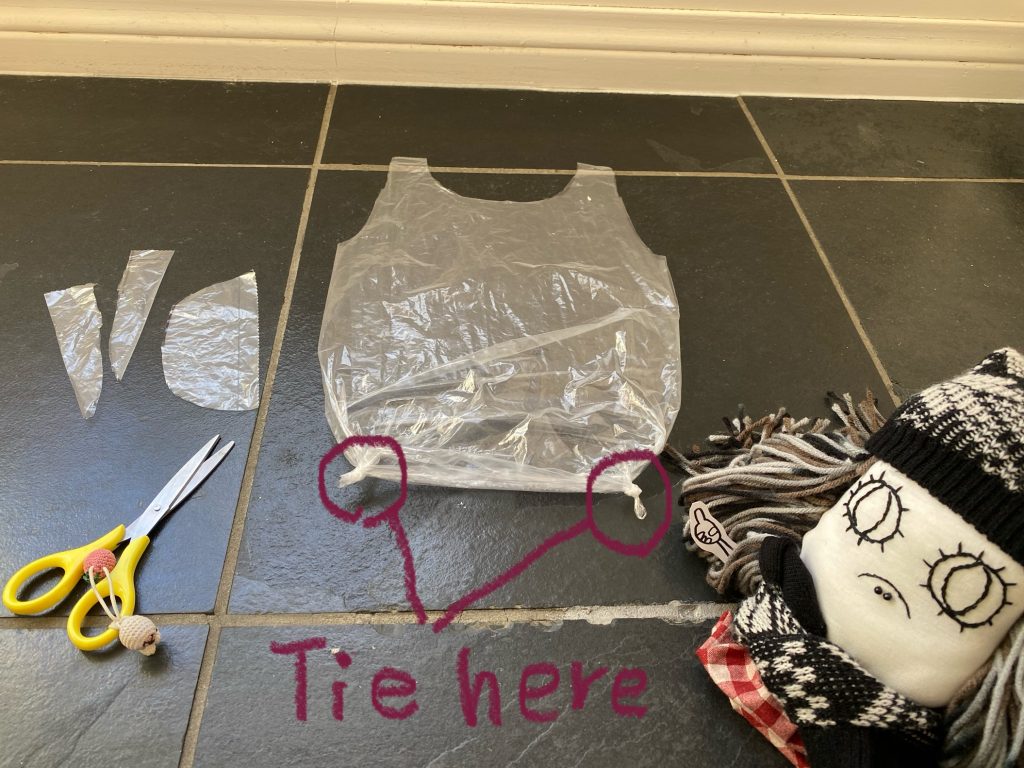
✭Poncho ✭
The size of your poncho will be dependent on the size of your plastic bag. When you have time, you should try to make it!
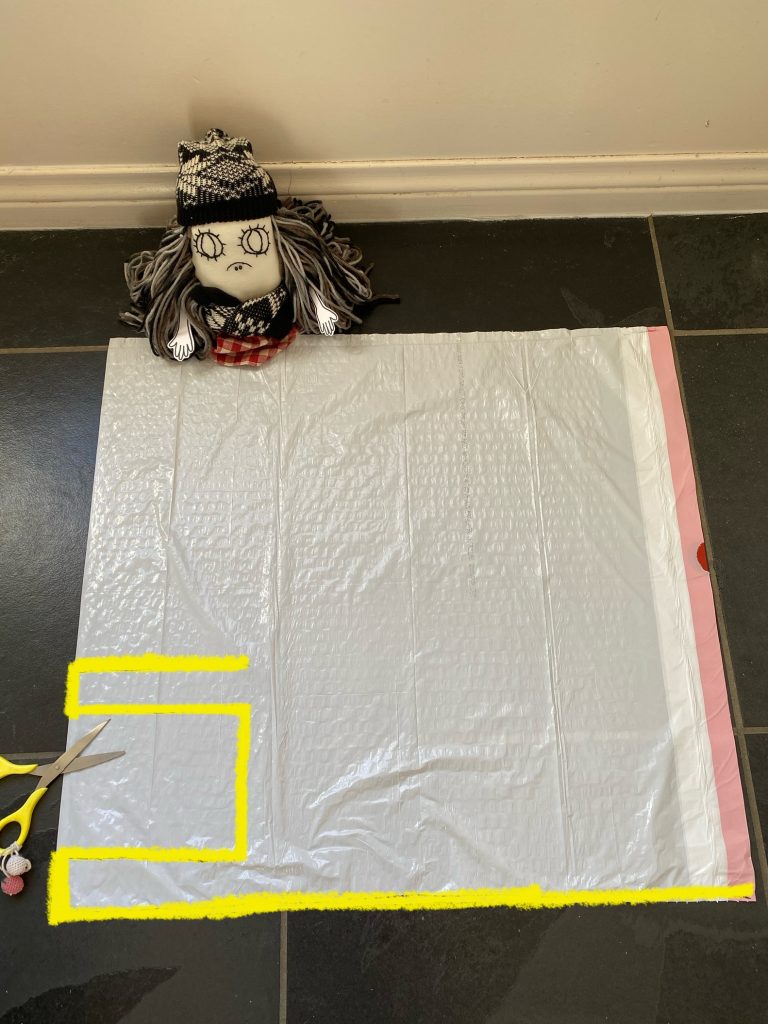
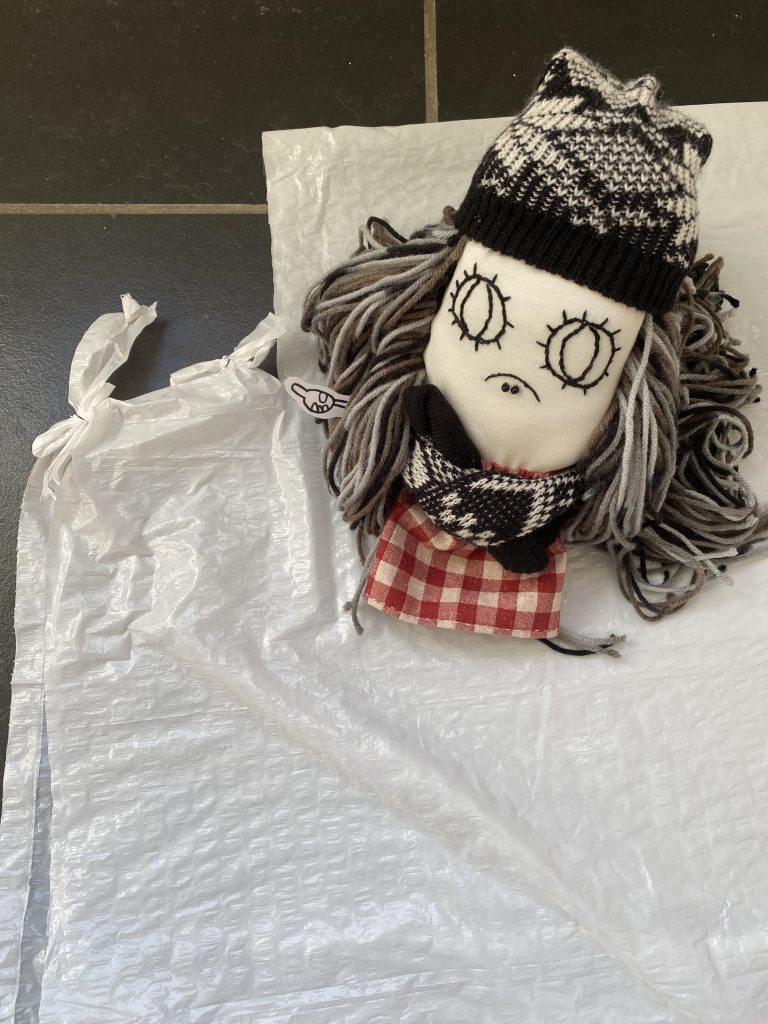
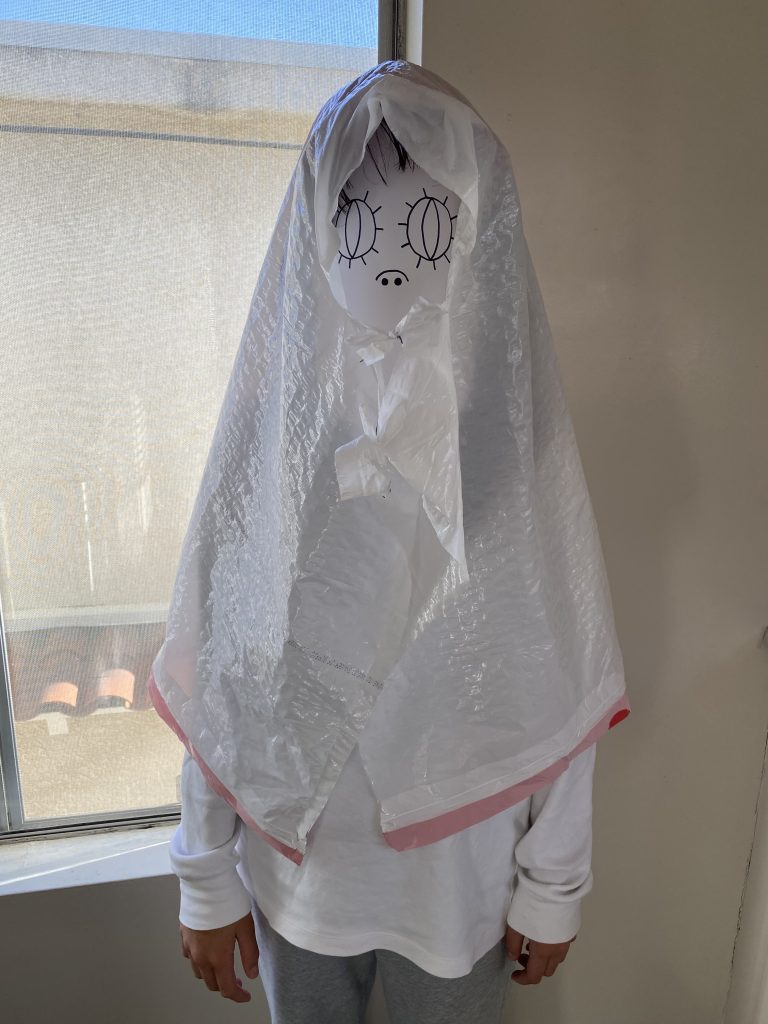
Newspapers
✭Legwarmers✭
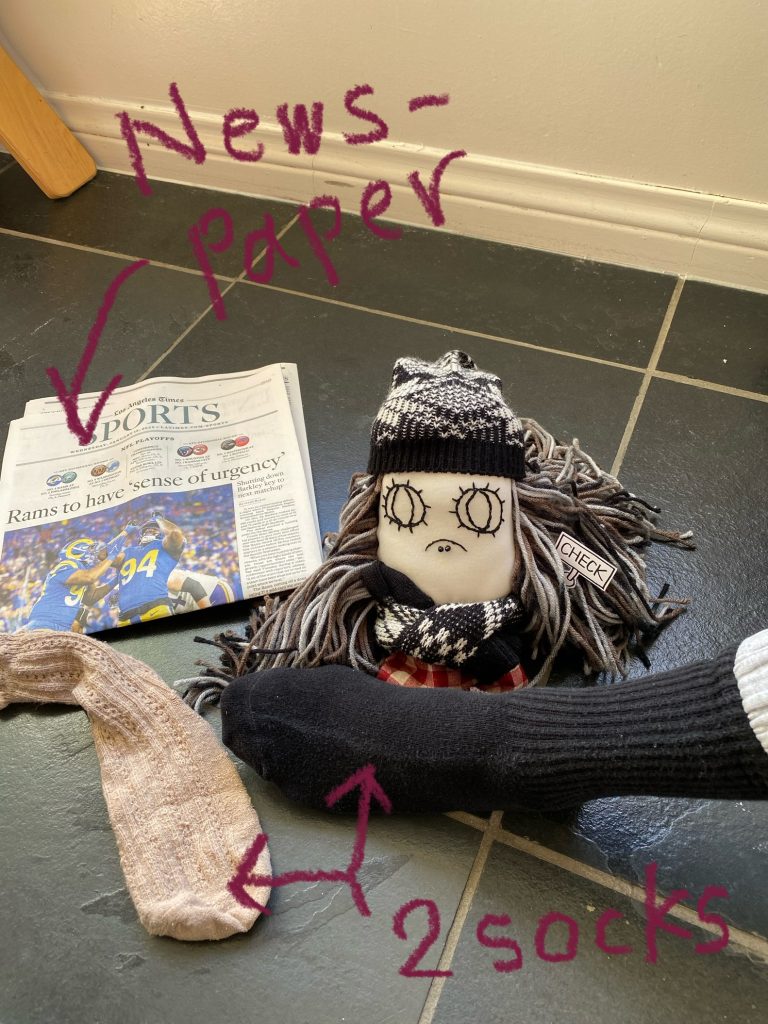
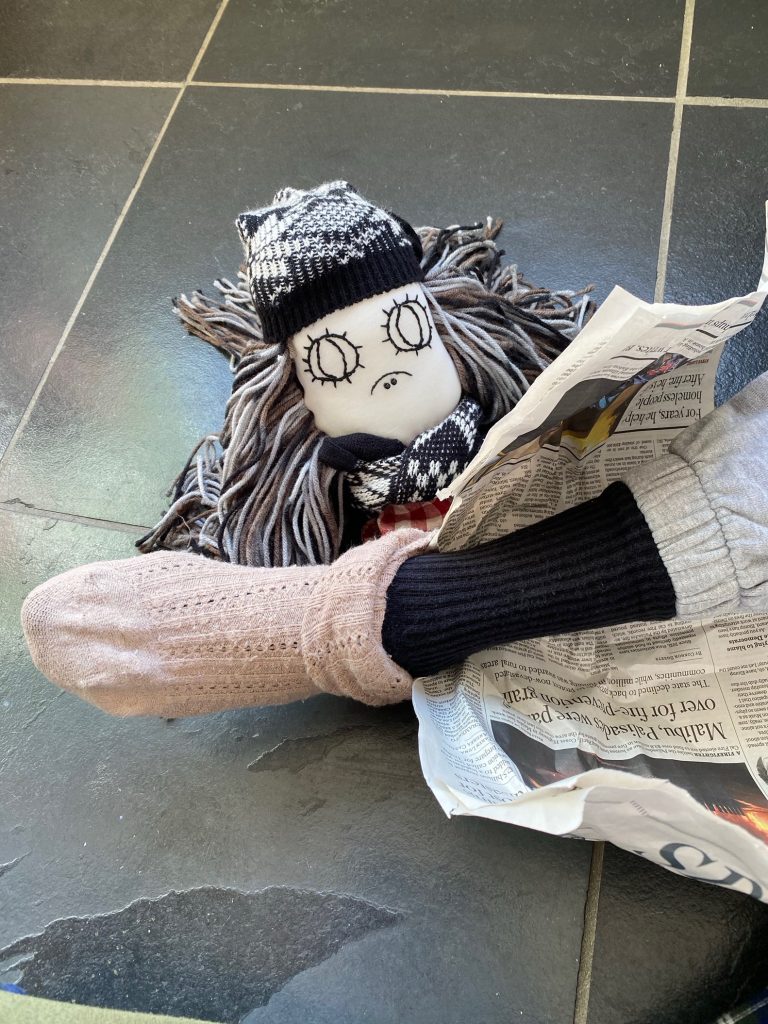
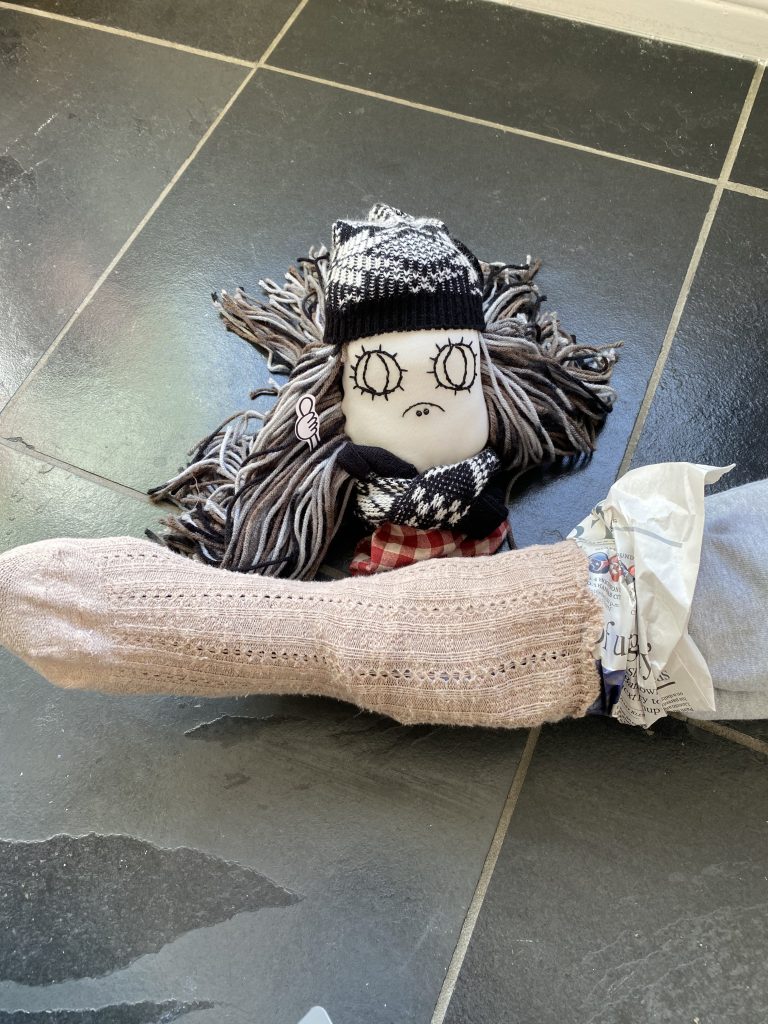
✭Neck warmer✭
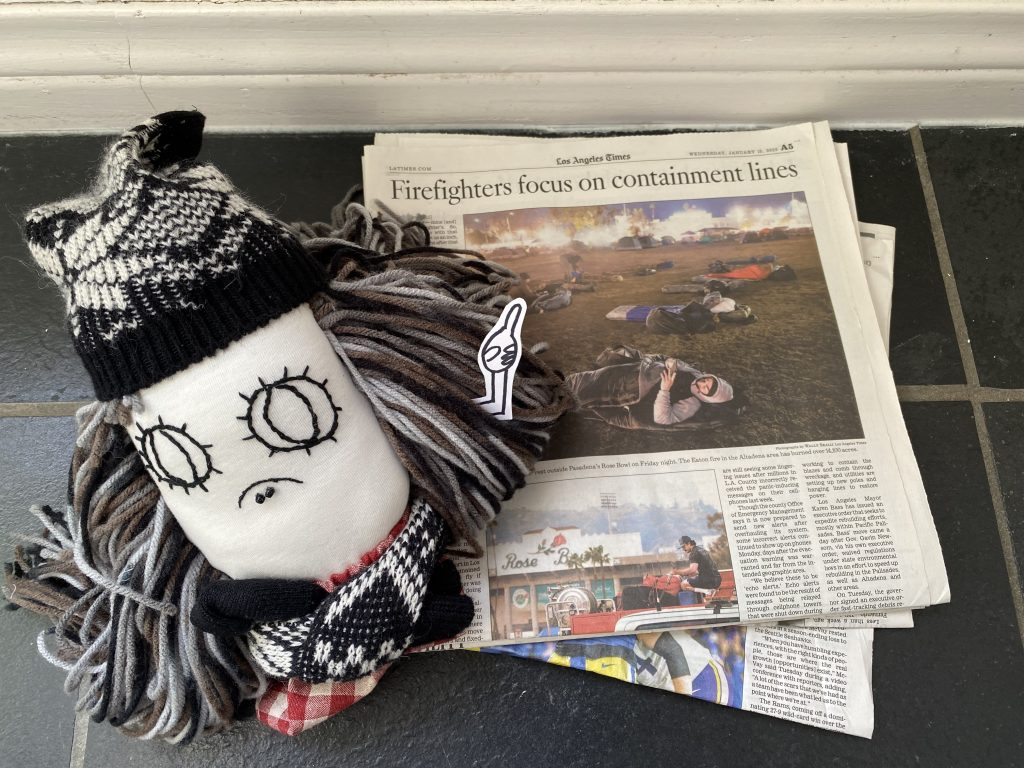
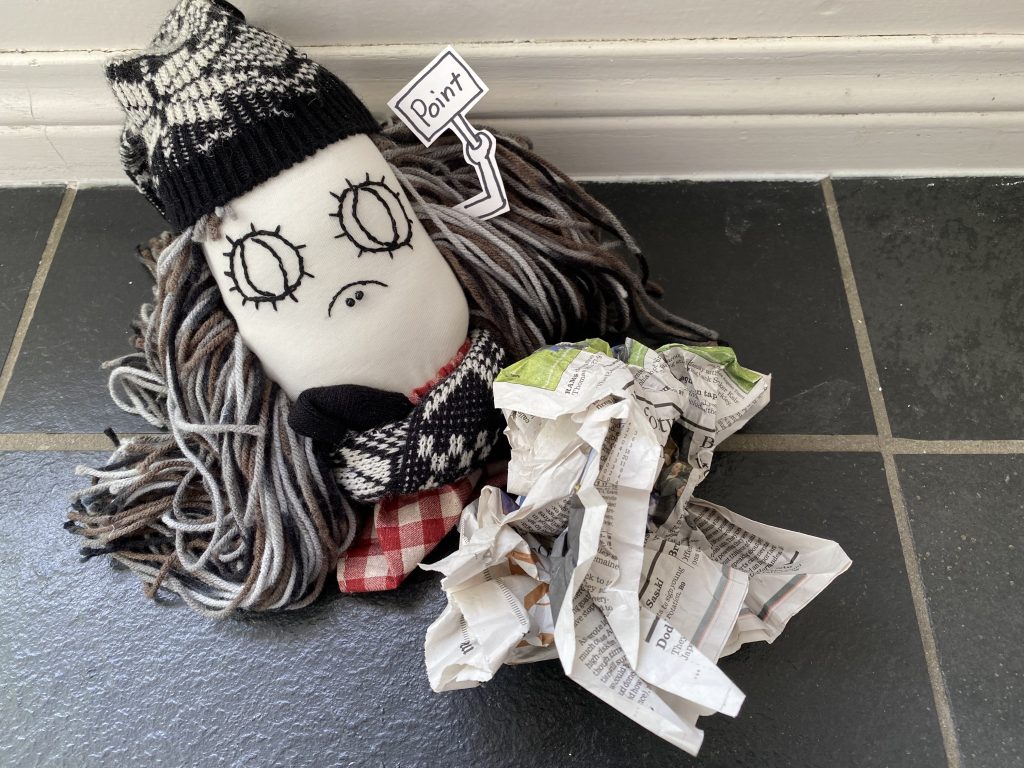
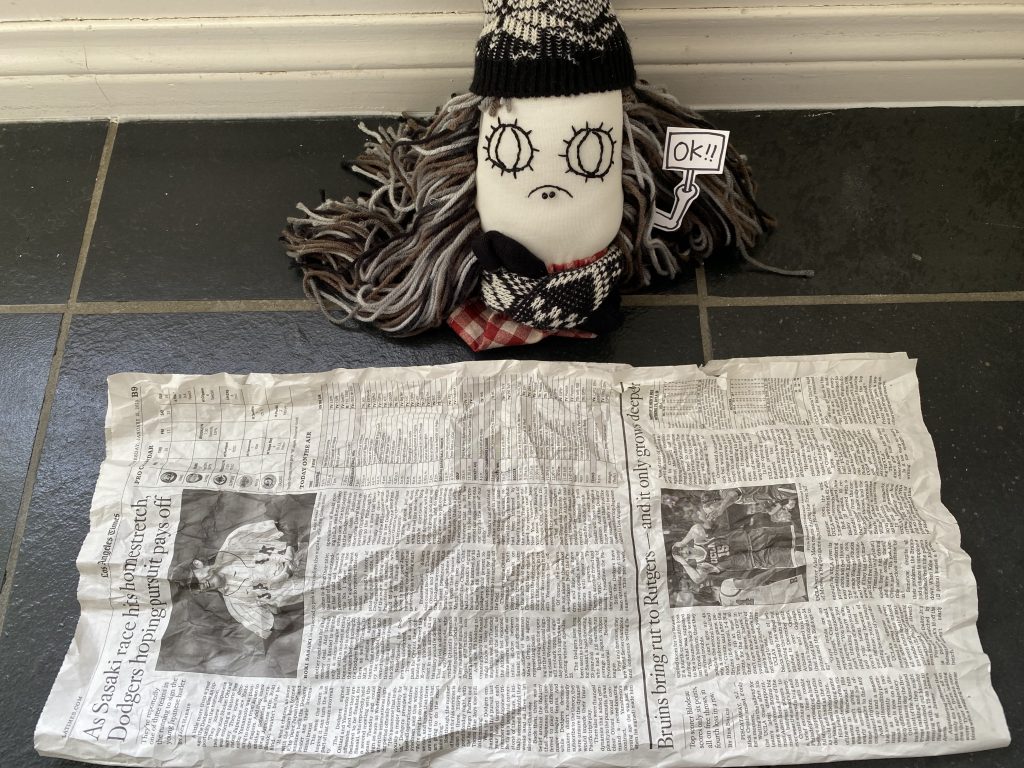
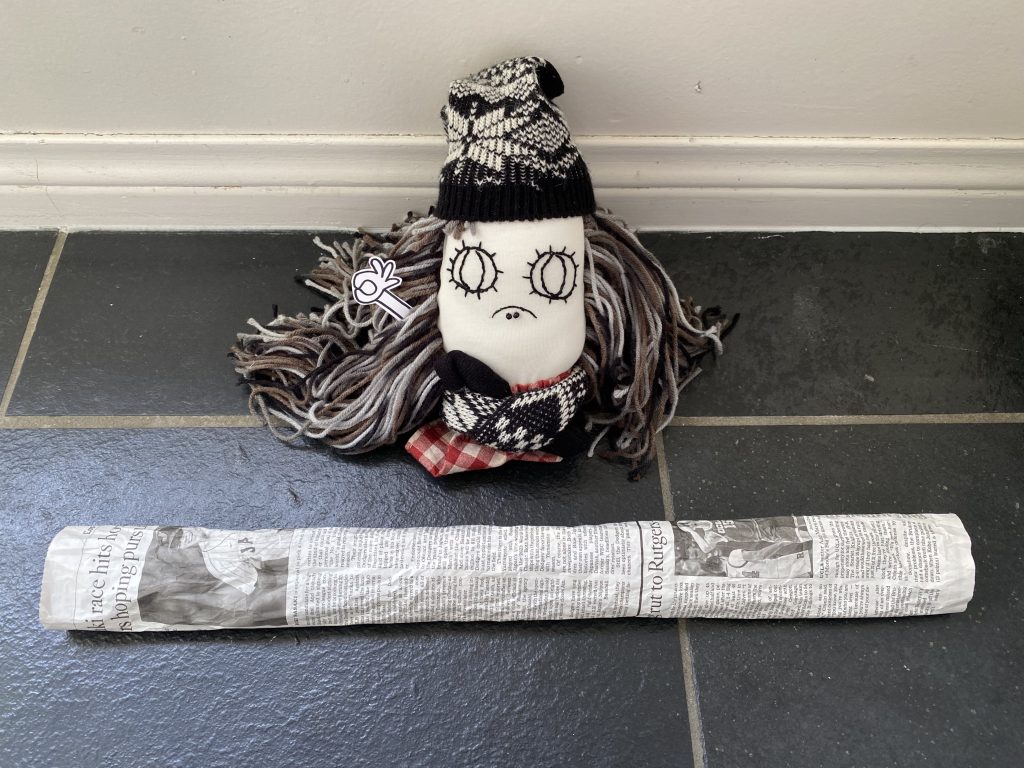
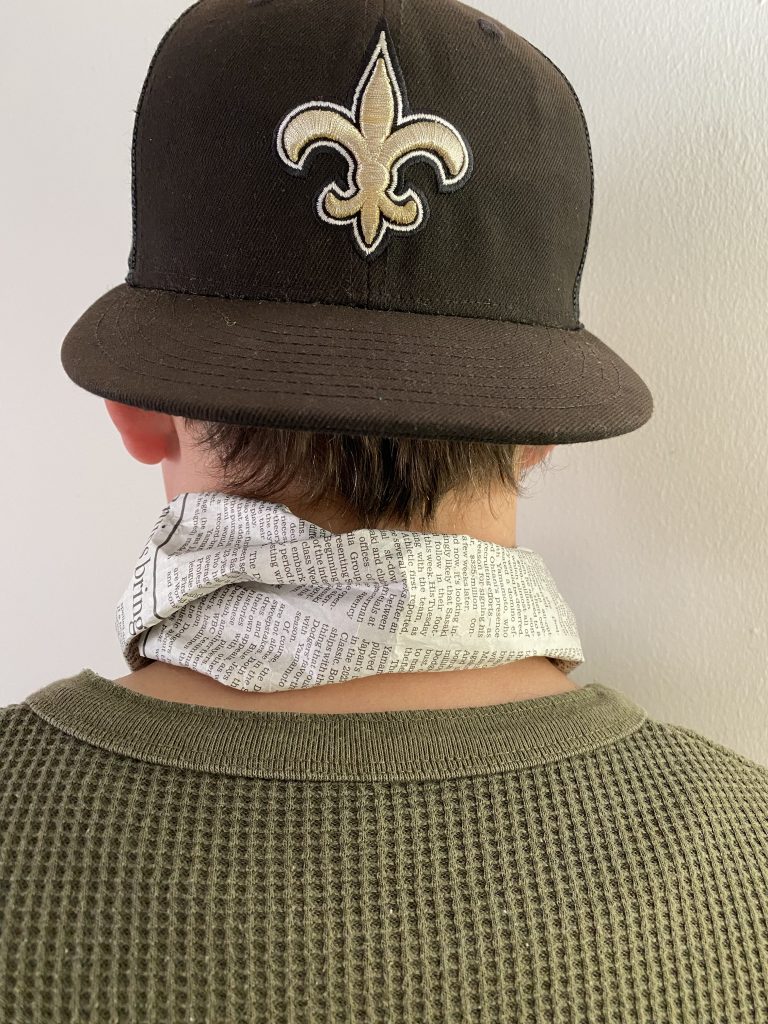
When you have time, try to make these items.
It will be good to know, in advance, whether your plastic bag fits or not.
In an emergency, even if you made preparations, you don’t know whether or not you will be able to use your supplies. Your preparations and knowledge won’t truly be tested without facing a real emergency. It is very important to be flexible and to be able to make substitutions. Please keep that in the back of your mind.
See you next time.
Remember, “Protect your life by yourself” (自分の命は自分で守る). You need to survive first, and then you need your emergency supply. No matter how well you prepared your emergency supplies, if you die, then all of your preparations will have been for nothing. First and foremost, keep your health up all the time. Build your stamina so that if you need to, you can evacuate as quickly as possible. Stay healthy.